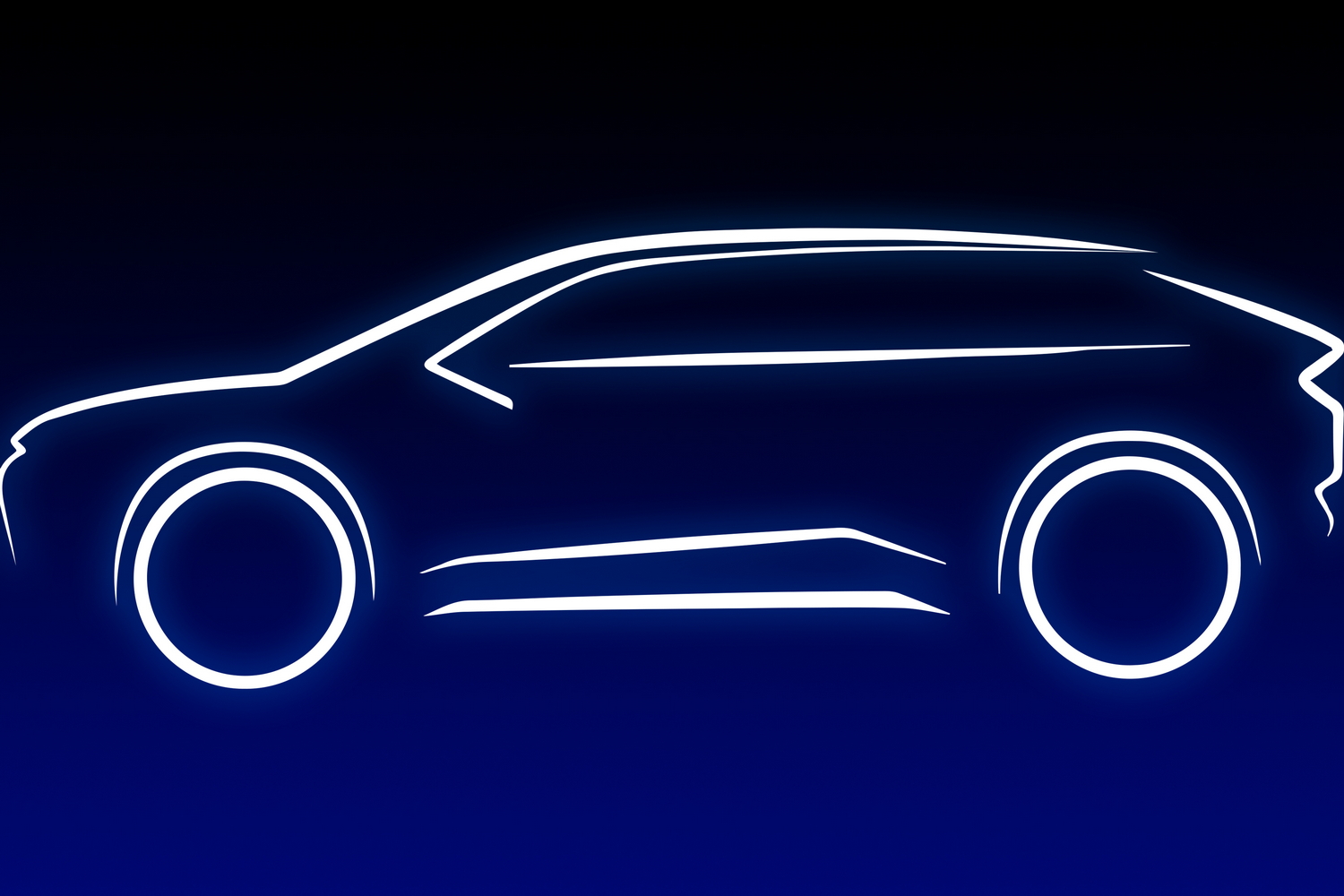If anyone is worried that the electric future of motoring isn't going to be much fun - all of us whirring around in silent battery boxes with no personality - maybe we can now stop worrying, as Toyota reckons it's on the case to provide electric cars that are actually fun to drive.
Efficient, but also fun
Toyota's Technical Workshop is an engineering get-together where Toyota's various engineers and heads of department can try out the various tech advances that each unit is creating. While the Workshop is primarily focused on the heavy-lifting work of making better, more efficient batteries, as well as trying to crack hydrogen power, there has been some room left over to investigate how to make electric cars more fun to drive.
The workshop was the brainchild of Executive Vice President Hiroki Nakajima, who serves as Toyota's Chief Technology Officer. Nakajima is promising that by 2026, Toyota will have launched an entirely new generation of electric cars unrelated to anything being made today. Indeed, Nakajima went on to say that this new generation of electric cars would be "EVs created by carmakers" rather than by startups.
"I think the value offered by cars changes with the times." said Nakajima. "Yet even as the ways people use cars change, going for a drive still excites, thrills, and brings smiles to our faces. As the Chairman Akio Toyoda notes, cars are the only industrial products spoken of as 'beloved,' and I believe that EVs created by carmakers must inspire such emotional attachments."
Manual gearbox
One of the projects that Nakajima and his team are working on is a manual gearbox for an electric car. It's not simply a lever you can move back and forth, either - the idea here is to genuinely replicate the tactility and immersion of using a manual shifter, so the system can provide powerful acceleration in the lower gears and even a 'shift shock' that accompanies a mistimed change. Of course, at the flick of a switch, it can revert to a fully-automatic mode - the best of both worlds?
The software that controls how an electric car drives can also be adjusted to provide entirely different driving sensations, reckons Nakajima. At the event, Toyota had a prototype electric model that "drives like a compact Passo or a Lexus LFA supercar and everything in between." Various aspects, from driving feel and comfort to engine noise, can be adjusted on demand by simply updating the car's software. "Perhaps someday soon," mused Nakajima, "we'll be able to pick our driving experience to match the day's mood, whether it's an old favourite, a dream ride, or a performance-spec sports car."
Lighter, smaller axles
The new Lexus RZ's 'steer-by-wire' system, which has no physical connection between the steering wheel and the steered wheels, is a key part of this new software-based future as it allows steering feel and response to be constantly tweaked, as well as allowing interior designers the freedom to move the wheel around, or even have an aircraft-style 'yoke' controller rather than a wheel, one that doesn't need you to cross your hands over to get full lock.
At the Workshop, Toyota also presented a new design for electric e-axles (which combine the main components needed to make the vehicle run - motor, gear train, and inverter) which is smaller than the norm and lighter, and which has been created in part thanks to the company's vast experience with hybrid-engine motors. The smaller e-axles could allow designers to lower the floor of an electric car by as much as 70mm, liberating an extra 50 litres of interior space. It also means that the roofline of the car could be made lower, improving aerodynamics and increasing overall efficiency.
Toyota is also starting to use Artificial Intelligence, AI, in its design process, although it's not (thankfully) a replacement for human designers. Instead, the AI system being developed takes the exterior designs being worked on and automatically adjusts them for improved aerodynamics and regulations such as headlamp minimum heights and so on. Using AI in this way, says Toyota, "cuts down the hours designers spend on factoring in aerodynamics and other performance requirements, doubling the time they have for perfecting the ideal design."
AI is also being used to help develop a next-generation digital voice assistant for in-car functions. The system is capable of handling things like multiple requests or changes of mind, resulting in agile, responsive interactions that feel more like chatting with a human operator than merely voicing your wishes.

